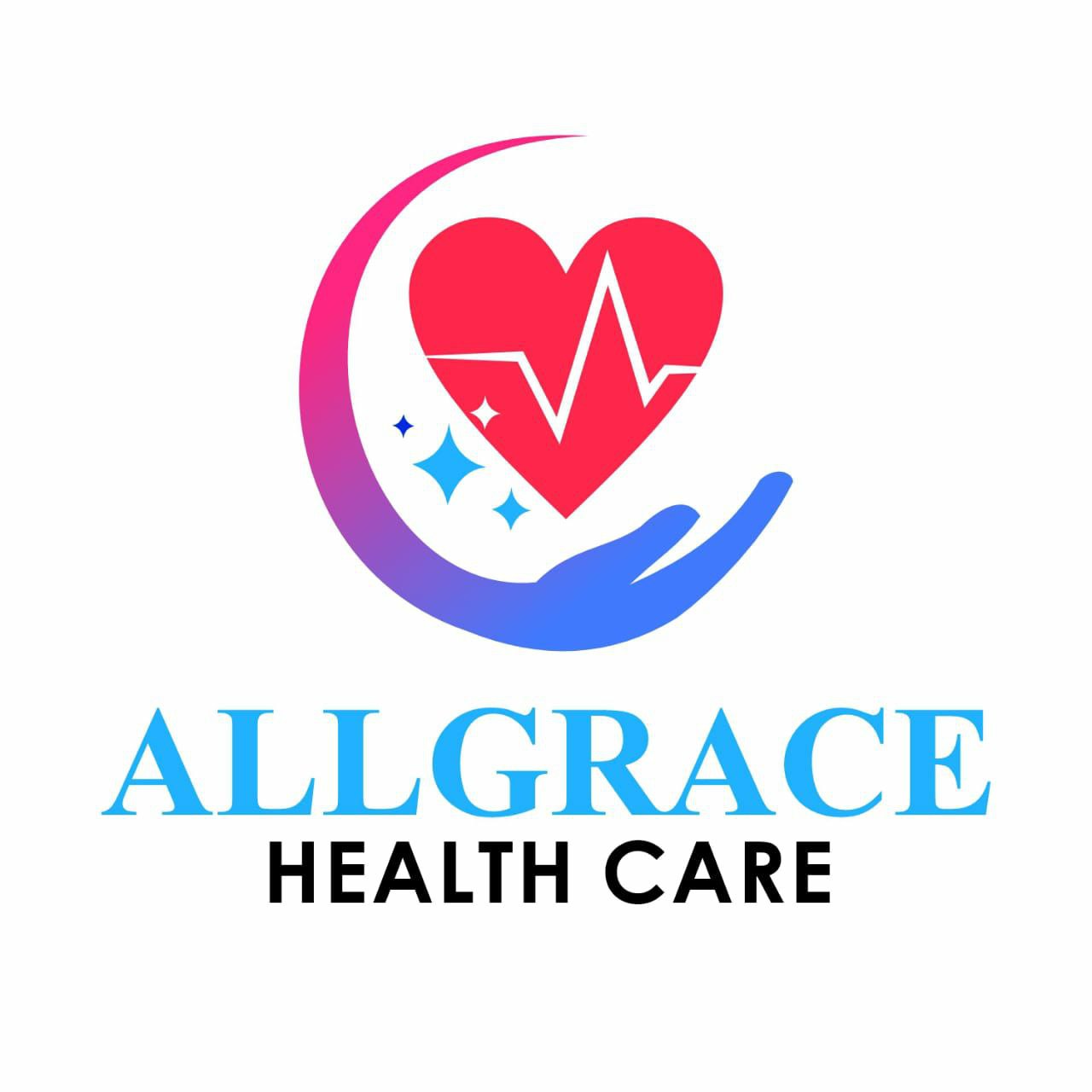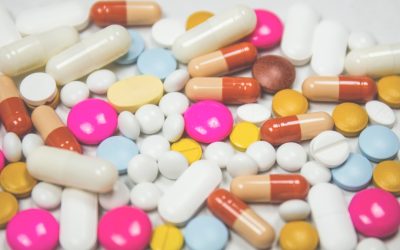“Drug resistance is one of the biggest threats to public health today. Diseases that were once easily treatable are now becoming harder and harder to cure. And the problem is only getting worse.”
“Every year, 700,000 people die from drug-resistant infections. by 2050, drug resistance could cause 10 million deaths per year and cost the global economy $100 trillion.” This statistic emphasizes the gravity of the problem and its potential impact on the world. It’s a good idea to follow up this statistic with an explanation of how drug resistance is developing, such as the overuse of antibiotics or the misuse of antimalarial drugs.
There are a number of initiatives that are being implemented to address these issues. For example, the World Health Organization has developed a global action plan on antimicrobial resistance, which outlines specific strategies for reducing the overuse of antibiotics. In addition, many countries have implemented regulations and guidelines for the responsible use of antibiotics in both human and animal health. And finally, there is a growing effort to develop new antibiotics through public-private partnerships and other initiatives.
Yes, these are all important steps, but it’s clear that more needs to be done. One of the biggest challenges is finding ways to incentivize the development of new antibiotics. This is an area where innovative solutions are needed, as the current financial model for drug development is not sustainable. But there is hope that new approaches, such as prize funds and advanced market commitments, could help to stimulate the development of new antibiotics.
The story of Pauline Rose. She was a young woman living in a rural village in Uganda. One day, she started to feel sick. At first, she thought it was just a cold, but her symptoms got worse and worse. She started to have trouble breathing and felt very weak.
Finally, she went to the local health clinic, where she was diagnosed with tuberculosis. However, the standard treatment for tuberculosis did not work for her. After several months of trying different treatments, it was determined that she had a type of tuberculosis that was resistant to most medications.
It was a very difficult time for Pauline and her family. They had to travel to a different town to get specialized treatment for her drug-resistant tuberculosis. The treatment was very expensive, and they had to borrow money from friends and family to pay for it.
Pauline was very sick for a long time, and she had to miss a lot of work. But eventually, she started to get better. She was able to go back to work and began to rebuild her life. Her story is a powerful reminder of the importance of access to quality healthcare and the need for new treatments for drug-resistant diseases.
There are four main types of drug resistance:
intrinsic, acquired, adaptive, and cross-resistance. Intrinsic resistance refers to bacteria that are naturally resistant to certain antibiotics. This type of resistance is caused by the innate characteristics of certain bacteria, such as their cell wall structure or genetic makeup. For example, some bacteria, such as mycobacteria, have cell walls that are naturally resistant to certain antibiotics. This means that even if these bacteria are exposed to antibiotics, they will not be affected by them. This can be a big challenge when it comes to treating infections caused by these bacteria.
Acquired resistance occurs when bacteria develop resistance through exposure to antibiotics. This type of resistance occurs when bacteria are exposed to antibiotics and develop resistance over time. This can happen in a number of ways. For example, bacteria can acquire genes from other bacteria that make them resistant to antibiotics. They can also undergo mutations that make them resistant to antibiotics. And finally, they can acquire resistance through horizontal gene transfer, which is when bacteria transfer genetic material between each other. This is how some bacteria can become resistant to multiple antibiotics at once.
Adaptive resistance is when bacteria become resistant to antibiotics through genetic mutations or other changes. Moving on to adaptive resistance. This type of resistance occurs when bacteria become resistant to antibiotics through adaptations in their metabolism or gene expression. For example, some bacteria can upregulate certain genes that make them resistant to antibiotics. Other bacteria can produce enzymes that break down antibiotics, making them ineffective. And finally, some bacteria can enter a dormant or slow-growing state that makes them less susceptible to antibiotics. These are all ways that bacteria can adapt to become resistant to antibiotics.
cross-resistance, This is when a bacteria that is resistant to one antibiotic also becomes resistant to other antibiotics. This is usually because the antibiotics work in similar ways, so if a bacteria is resistant to one, it’s likely resistant to others that work in a similar way. This can make it very difficult to treat infections caused by these bacteria. And it’s also a growing problem, as more and more bacteria are becoming resistant to multiple antibiotics.
There are several factors that can contribute to the development of drug resistance.
- One is the overuse of antibiotics. When people take antibiotics for conditions that don’t require them, or when they don’t take the full course of antibiotics as prescribed, it can lead to the development of drug-resistant bacteria.
- Poor sanitation and hygiene practices can also contribute to the spread of drug-resistant bacteria. And f the lack of access to new and effective treatments can also lead to the development of drug resistance.
- The use of antibiotics in agriculture. Antibiotics are often used in livestock to prevent and treat diseases, but this can lead to the spread of drug-resistant bacteria.
- Another factor is the release of drug-resistant bacteria into the environment through wastewater and sewage. F
- The lack of new antibiotics being developed is also a major concern. Many pharmaceutical companies have stopped investing in the development of new antibiotics, as it is not as profitable as other areas of drug development.
. Drug resistance can lead to longer and more difficult to treat infections, which can have serious consequences for patients. It can also lead to the emergence of so-called “superbugs,” which are bacteria that are resistant to multiple antibiotics and very difficult to treat.
IDrug resistance can have economic and social costs, as it can lead to increased healthcare costs and longer hospital stays.
Another Consequence of drug resistance is that it can lead to the loss of effective treatments for certain infections. For example, if a bacteria becomes resistant to the only antibiotic that is effective against it, there may be no other treatment options available. This can be especially concerning for infections that are already difficult to treat, such as tuberculosis or pneumonia.
, Drug resistance can also have a negative impact on the development of new antibiotics. If there is less incentive to develop new antibiotics, due to the risk of resistance, it can hamper the development of new treatments for serious infections.
There are many diseases that have seen the emergence of drug-resistant strains. One example is tuberculosis, which is caused by the bacterium Mycobacterium tuberculosis. Over the past few decades, several strains of M. tuberculosis have become resistant to multiple antibiotics, including first-line drugs like isoniazid and rifampicin. Another example is methicillin-resistant Staphylococcus aureus, or MRSA. This is a type of staph infection that is resistant to many antibiotics, including methicillin and other related antibiotics.
Drug-resistant gonorrhea is another concerning example. Gonorrhea is a sexually transmitted infection that can cause serious health problems if left untreated. In the past few years, there have been increasing reports of gonorrhea that is resistant to multiple antibiotics, including the last-resort antibiotic ceftriaxone. This is a worrying development, as it could lead to gonorrhea that is untreatable by any available antibiotics.
Drug-resistant pneumonia is also a serious concern. Pneumonia is an infection of the lungs that can be caused by a variety of bacteria, viruses, and fungi. Over the past few decades, there have been increasing reports of pneumonia that is resistant to the antibiotics that are typically used to treat it. This is particularly concerning for people who are hospitalized or have other health conditions that make them more vulnerable to pneumonia.
Another example is Clostridium difficile, or C. diff, a bacterium that can cause serious infections of the colon and other parts of the digestive system. C. diff infections are often difficult to treat, and there have been increasing reports of strains that are resistant to multiple antibiotics. This is especially concerning in hospital settings, where C. diff infections can spread easily and cause outbreaks.
It’s important to note that drug resistance is not just limited to bacteria. Viruses and fungi can also become resistant to drugs, which can lead to serious health problems. For example, HIV, the virus that causes AIDS, has become resistant to multiple antiretroviral drugs that are used to treat it. And there are also emerging reports of antifungal resistance, which can cause infections that are difficult to treat.





0 Comments